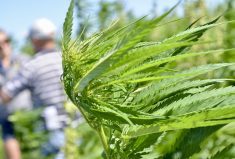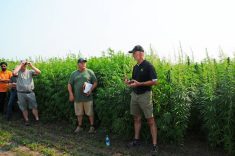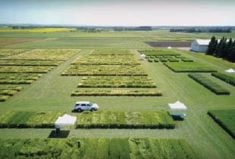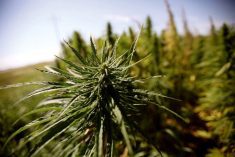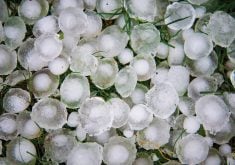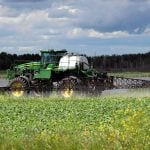Rachel Gruger and husband Carleton wanted to farm — but their route to achieving that goal was an unusual one.
Carleton studied IT, but found that he wasn’t happy working in an office in Edmonton. He wanted to get back to his country-boy roots, said Rachel Gruger. The couple began experimenting by growing food in their apartment. They sampled aeroponics, and created a mealworm farm. But then Carleton stumbled on mushroom farming.
“As we started researching that, we discovered they were incredible, they were nutritious, and some mushrooms had amazing medicinal benefits,” she said. “It was doable to cultivate them. So we thought we’d try our hand at that. They were also easier to market than bugs.”
And so Gruger Family Fungi was born.
“As soon as we figured it out, we knew this was what we were going to do for the rest of our lives, said Gruger. “We were going to grow food sustainably year round.”
In 2015, the two quit their city jobs, took a leap of faith, and moved back to Calmar to live with Carleton’s mother Bev. The couple bought a sea can refrigerated stainless steel unit to grow the mushrooms in. They had a 20-foot growing space and another 20 feet for packaging and incubation and a bit of space for a small fridge and lab (used for the inoculation purposes).

They grew mushrooms on poplar sawdust — and cheap instant coffee for a nitrogen boost. The Grugers are entirely self-taught, turning to books and online resources to hone their technique.
“It was a very rudimentary system with a cement mixer to mix up all of our media, and we used pressure canners to make sure everything was sterilized and clean,” said Gruger. “It took a lot of work and labour to get them to grow, but we were successful and we had some beautiful mushrooms happen.”
They started going to farmers’ markets and found there was a huge demand for their products. They were selling out every week.
They took mushrooms to local restaurants and chefs would say, ‘This is great, this is a nice sample pack, but when can I start getting 10 pounds a week?’” said Gruger. “We said we were nowhere close (to that) but we wanted to be.”
Read Also
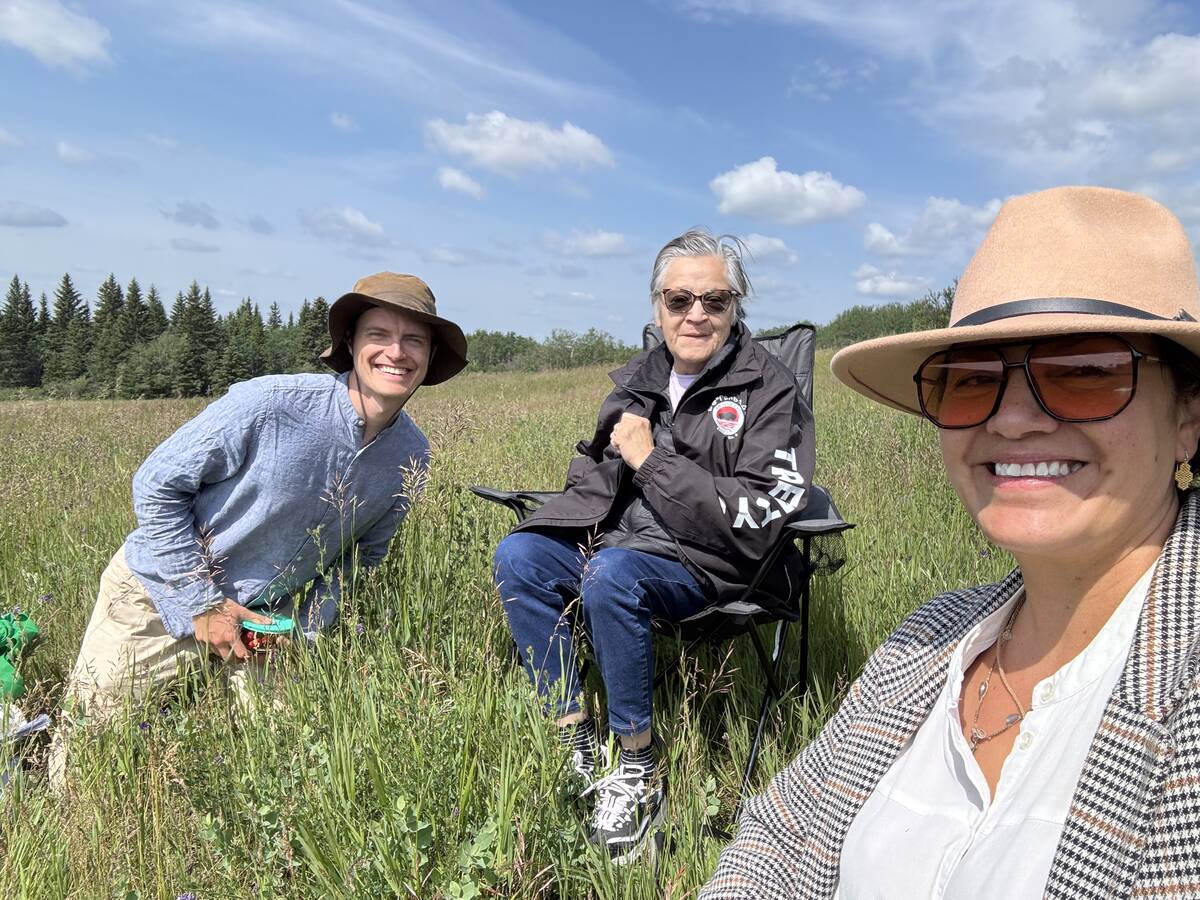
Fostering reconciliation one farm at a time
The Treaty Land Sharing Network has grown slowly throughout its first year in Alberta, but landowners are starting to get on board.
In 2017, the couple went full scale with a facility in Nisku, working with the Agricultural Financial Services Corporation for the capital to set it up.
“We had to build rooms, infrastructure and all the climate control for each one of our growing rooms, as well as the equipment to handle all the media that we’d be growing mushrooms on,” said Gruger.
Construction finished in January 2018, and production began the next month. The Grugers changed their growing medium at the time. They began using pure hemp fibre, a waste product, as well as mash from Rig Hand Craft Distillery. Distillation removes all the starch and sugars from the grains, leaving a mash that makes a great food for livestock or mushrooms.
Mushroom growing is a rather precise science. The mushrooms are started in a lab (initially grown in liquid sugar), and spores need to be grown in the right environment with the right humidity in one of their 13 climate-controlled growing rooms.
“You need good airflow and a really clean space,” said Gruger. “One of the biggest detriments to a mushroom farm is contamination. If that gets in, and your batches are spoiled, it’s going to be a lot of waste. Believe you me, we had our fair share of that.”
Doing it on a large scale was another huge learning curve.
“The actual specific steps to growing a mushroom are complicated,” she said. “Times vary when you’re growing a mushroom. Some grow more quickly, and others are a bit slower. The denser and meatier the mushroom, the longer it will take.”
Gruger Family Fungi lives up to its name, with Carleton’s mom and a cousin joining the business and Rachel’s father delivering to restaurants. Ten-pound orders are no longer an issue — production runs at 400 to 600 pounds weekly. They produce six culinary varieties and three medicinal ones (used in creams or tinctures).
“These are mushrooms that are easier to cultivate,” said Gruger. “All the ones that are grown on our farm are primary decomposers, which means that when a tree falls in the forest, they will be the first one to start gobbling it up.”
But in an industrial park in Nisku, there are no logs — so the mushrooms feast on five- to six-foot-tall bags filled with hemp fibre and recycled grain (that have been previously heated to 80 C to kill any bad bacteria).
“We’ve essentially made imitation logs for these mushrooms to grow on, so you look into the room and it’s just a hallway of mushrooms,” said Gruger.
Since the bags are hung from the ceiling, the facility is the first vertical mushroom farm in the country, she added.





